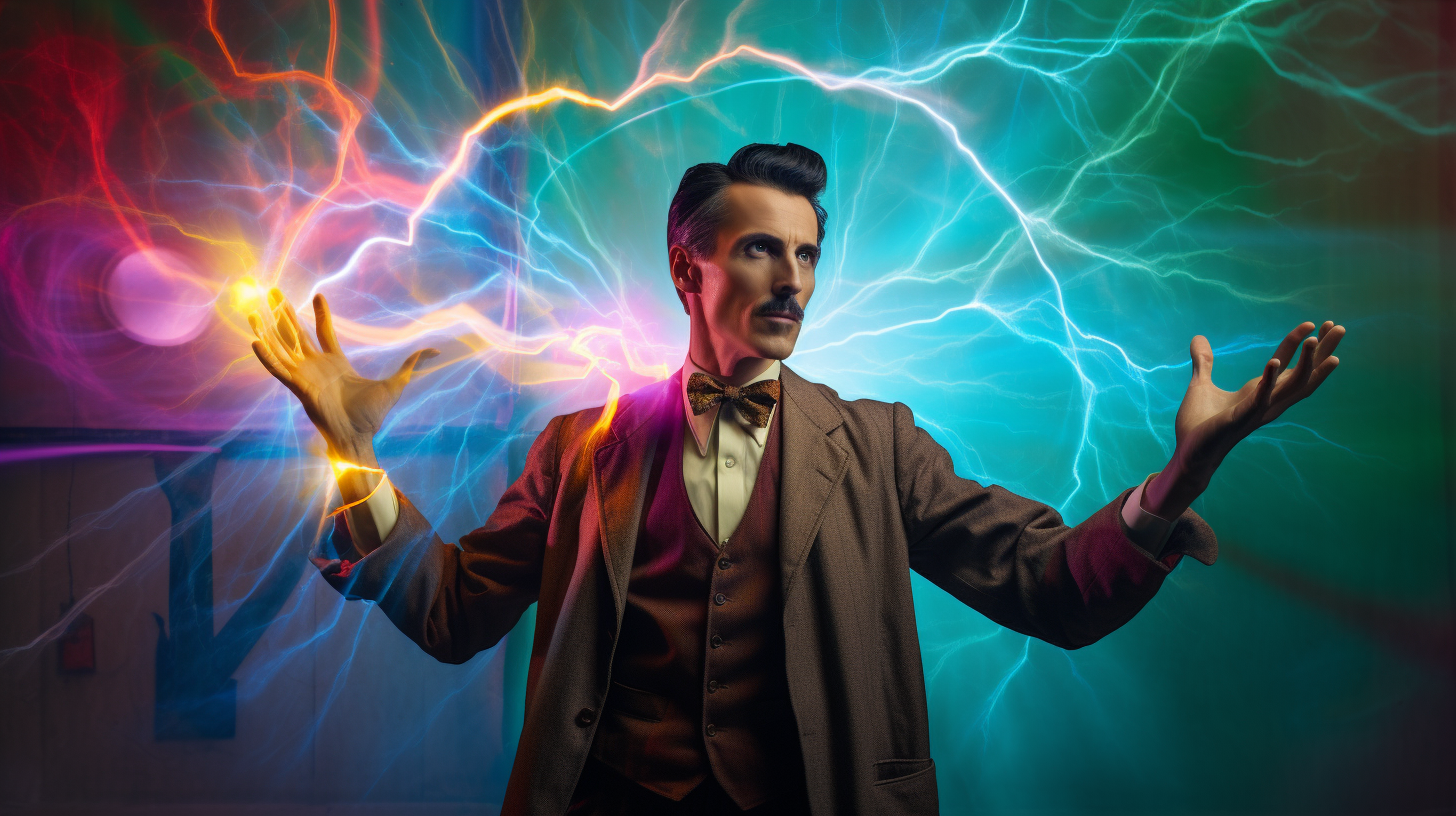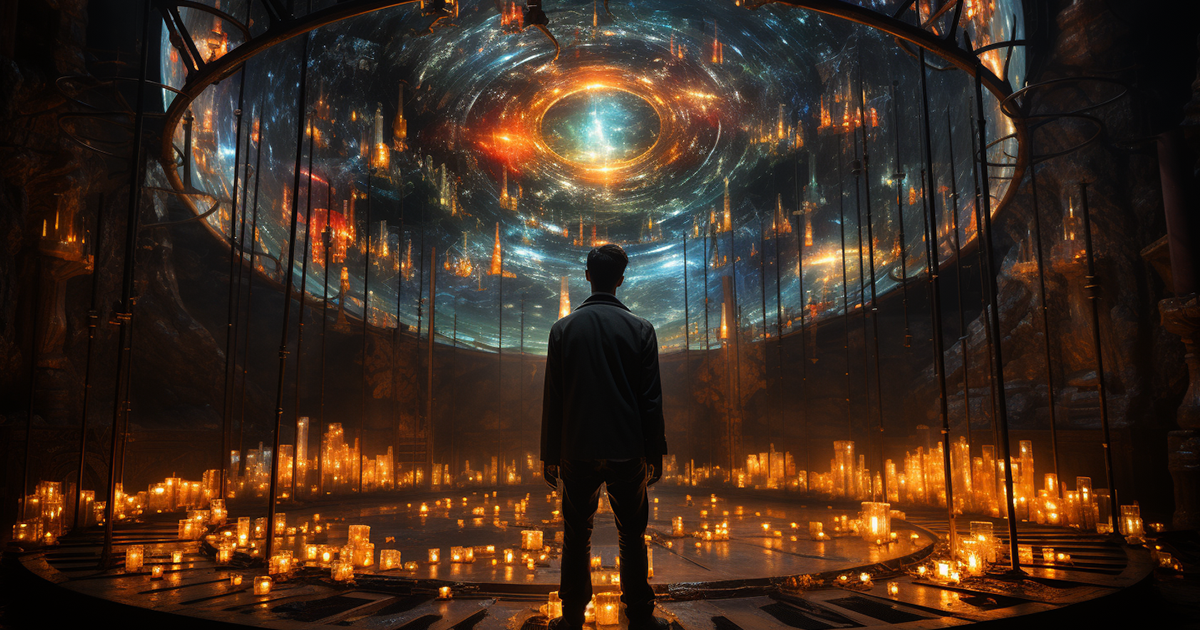Throughout its history, the Massachusetts Institute of Technology (MIT) has nurtured brilliant minds, fostering revolutions that have left an indelible mark on our world. One such marvel that has emerged from this environment is Wireless power transmission, a stunning tribute to human creativity.
While contemporary researchers have made strides in short-distance wireless power transmission, the origins of this groundbreaking concept trace back to the visionary ideas of Nikola Tesla, who envisioned it over a century ago.
Nikola Tesla, an intriguing and captivating personality, is renowned for his significant contributions to electrical engineering, with wireless power transmission being among his most audacious creations.
In 1899, amidst the vast landscapes of Colorado Springs, Nikola Tesla conducted experiments that showcased the potential of transmitting electrical power across great distances without the need for traditional wiring systems.
His ambitious plan revolved around the development of the towering Wardenclyffe Tower, a monumental structure towering 187 feet above ground and diving an additional 120 feet below. Tesla’s vision was to create reception centers globally, enabling the seamless transmission of energy across the world via wireless conduits.

Moreover, he pondered expanding this revolutionary technology for interplanetary communication and energy transfer, envisioning a globally interconnected realm functioning wirelessly. Sadly, his dream was thwarted when J.P. Morgan, upon discovering Tesla’s true intention of providing free energy to all, abruptly withdrew the financial support obtained under the guise of a radio station venture.
What set Tesla apart was not just his inventions but also his unconventional thinking processes. There are reports indicating that Tesla experienced sudden outbursts of creativity, vividly visualizing his creations during these episodes almost as if they were manifesting right before his eyes.
He attributed these flashes of inspiration to a profound connection with a universal wellspring of knowledge, a phenomenon that some ancient astronaut theorists speculate might involve extraterrestrial communication.
Fascinatingly, during Tesla’s experiments with a magnifying transmitter designed for observing thunderstorms, he claimed to have intercepted cryptic transmissions containing mathematical sequences. This led him to speculate whether these signals could have originated from outer space, possibly from Mars during its close approaches to Earth.
Tesla’s curiosity about extraterrestrial communication led him to ponder intelligent life forms beyond Earth and their potential interest in engaging with humanity. However, this revelation sparked debates, with many labeling him as a scientist on the edge.

Despite his groundbreaking work on the rotating magnetic field and wireless power transmission, Tesla’s eccentric notions regarding extraterrestrial encounters have somewhat overshadowed his contributions to quantum physics and related fields.
The Nikola Tesla Museum in Belgrade, Serbia, houses a wealth of documents shedding light on his futuristic visions. Among these archives are speculated sketches of spacecraft, hinting at Tesla’s exploration of anti-gravity technologies.
He postulated that heightened levels of electricity could induce lift, and through the 1920s and 30s, he elaborated on his concepts for anti-gravity aircraft powered by structures reminiscent of Wardenclyffe Towers.
Curiously, Tesla’s theories bear similarities to ancient Hindu texts describing flying machines known as vimanas, hinting at the potential utilization of anti-gravity technology in ancient times. This connection between Tesla’s theories and ancient depictions of flight raises intriguing questions about the origins of such knowledge.
In modern times, the development of laser defense systems like Israel’s “Iron Beam,” which deploy energy pulses to intercept missiles, echoes Tesla’s proposals for beam weapons capable of thwarting incoming threats.
This raises speculations about whether Tesla’s ideas for a “death ray” transcended mere conceptualization or were actually developed and utilized in some capacity.
Video:
The mystique enveloping Nikola Tesla continues to captivate and intrigue us. As we explore further into his life and work, we are left pondering whether Tesla was a forward-thinking visionary, a conduit for extraterrestrial wisdom, or perhaps a fusion of both. Amidst the mysteries surrounding him, one thing remains certain: Nikola Tesla’s legacy continues to electrify our world with awe and fascination.
